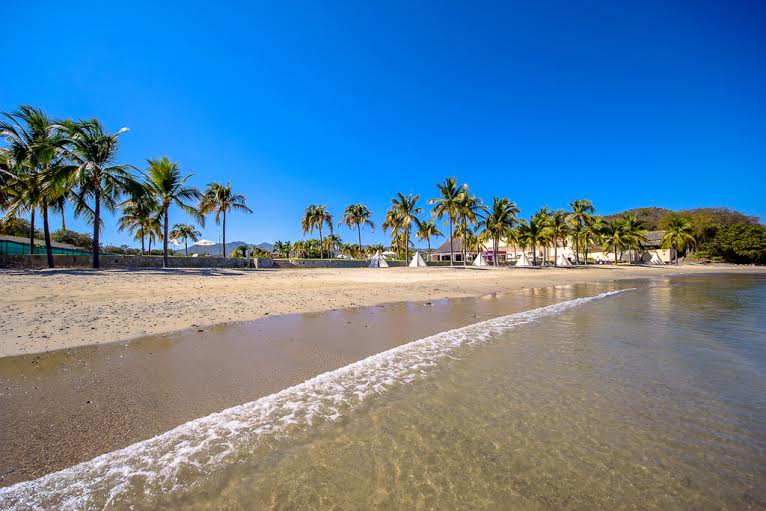A Song for San Pancho
Maybe you haven’t heard of the Mexican town called San Francisco, Nayarit, affectionately nicknamed ‘San Pancho,’ but the popular Mexican rock band Café Tacuba feature a video about this lovely beach town accompanied by their song, “El Aparato” (on YouTube).
If it’s worthy of a professional video and song, it’s also worth a visit. Located on the Pacific Coast of Mexico in the Riviera Nayarit, San Pancho is a quaint town with pristine beaches, tropical nature, and a tranquil lifestyle.
Just a 15-minute drive north of Sayulita, a popular surf spot, and 45 minutes north of Puerto Vallarta, its charm and beauty will steal your heart away.
San Pancho Summary
Only 40 years ago, this town was just a sleepy fishing village consisting of four extended Mexican families totaling about 100 residents. When it became an official town in 1975 by founding father and former Mexican President, Luis Echeverria, it began to grow, attracting nationals and foreigners to its shores, eventually reaching the current population of nearly 2,000, many who are relatives of the original families.
More than a few things make this town special: its secluded location alongside the deep blue Pacific Ocean with sparkling gold beaches surrounded by tropical rainforests and fruit orchards in the peaks and valleys of the Sierra Madre Occidental mountains; fresh fish and seafood caught by local fishermen; colorful sunsets melting into the ocean; and the friendly local characters telling fascinating stories about the town and their lives.
San Pancho’s hidden location in the tropics of Mexico and its natural lifestyle lend themselves best to nature activities both on land and by sea, such as hiking, mountain biking, four wheeling, and horseback riding across the rolling hills and lush jungles; and water activities such as swimming, fishing, kayaking, and some of the best snorkeling, diving, and surfing at nearby beaches.
Multicultural Community
Thanks to its diverse community and increasing foreign population, this little authentic Mexican town has some big entertainment of its own, such as a 9-hole golf course centered amid fruit orchards (Las Huertas Golf & Beach Club) and a polo field (La Patrona Polo Club) with an art gallery, restaurant and lounge with music and is the place where social events and equestrian shows are held.
Community is what defines this peaceful beach town, and with an increasingly growing international population of Americans, Canadians, and Europeans, this brings with it increased employment and education opportunities for the locals.
In addition to the opening of shops, restaurants, and bars in town, the EntreAmigos Community Center teaches new skills to local families so they can achieve success in their evolving town.
San Pancho deserves the attention of the tourism industry for its attributes and contributions to the splendor of the Riviera Nayarit and for creating new opportunities for its Mexican residents. Over 200 Canadians and Americans have discovered its charm and tranquility for themselves by investing in second homes and vacation homes, while travelers are just starting to catch on. Why not discover it for yourself?





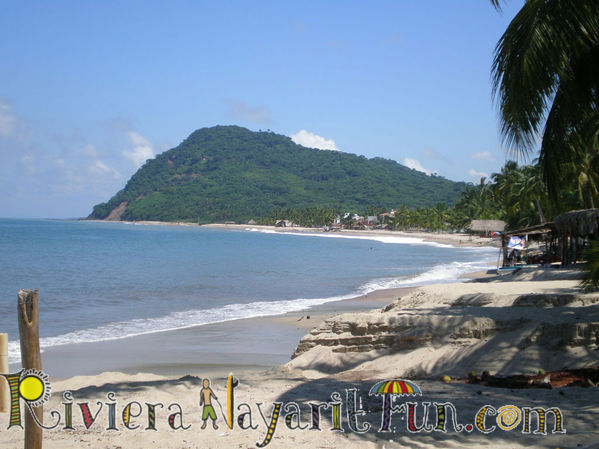




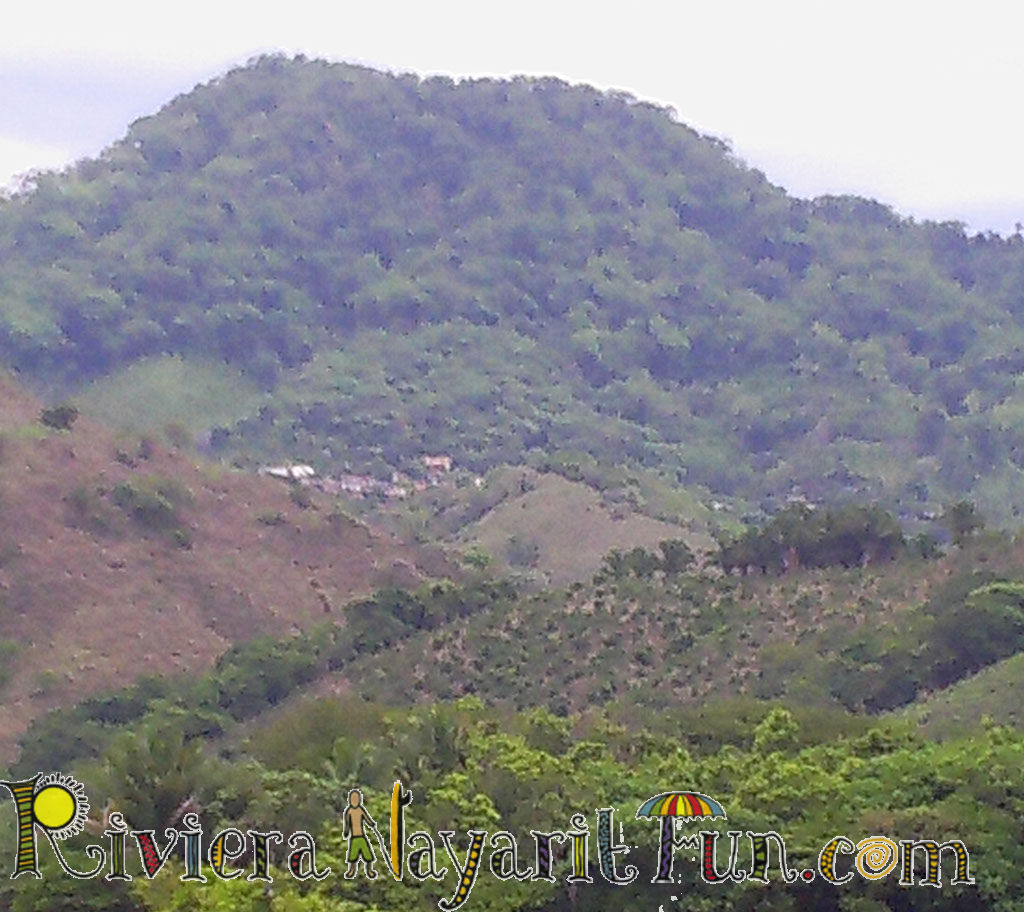
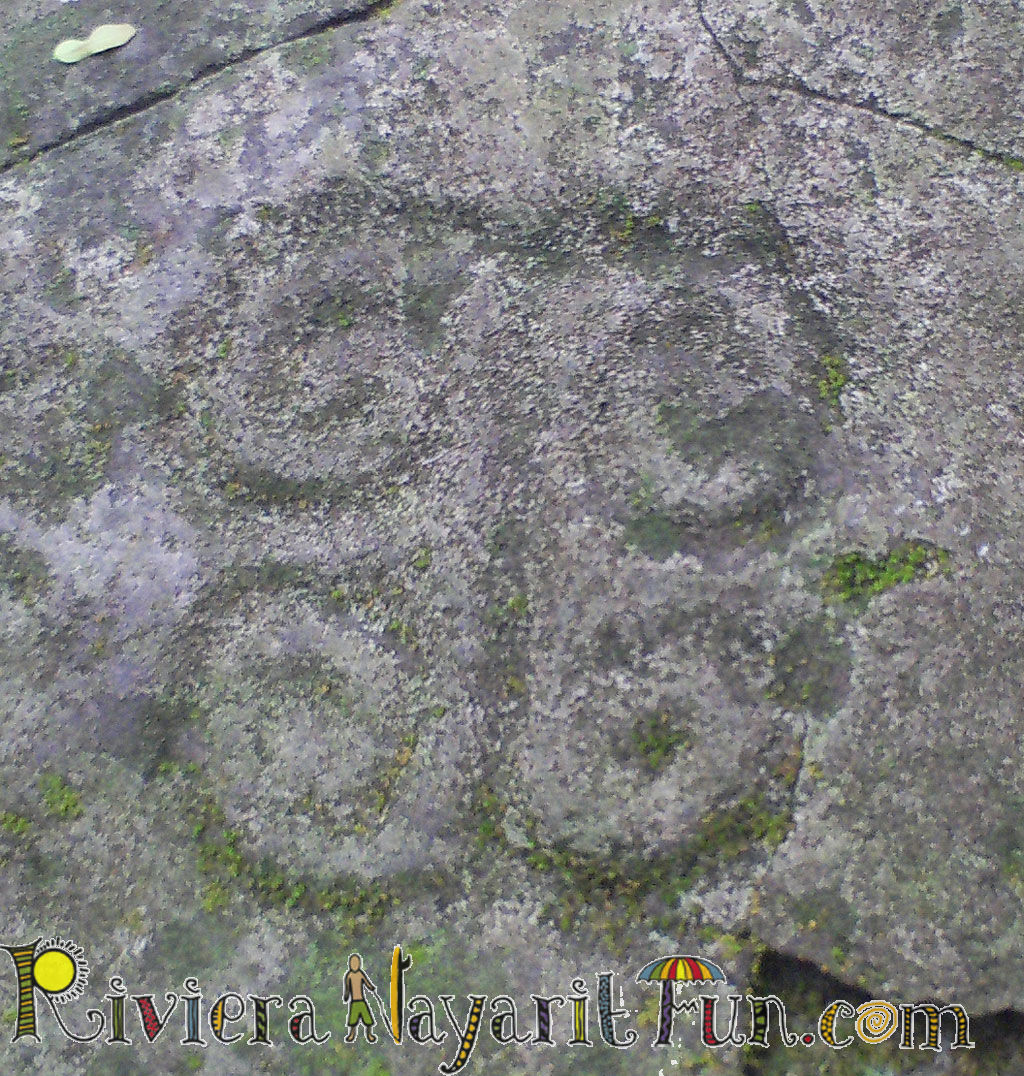

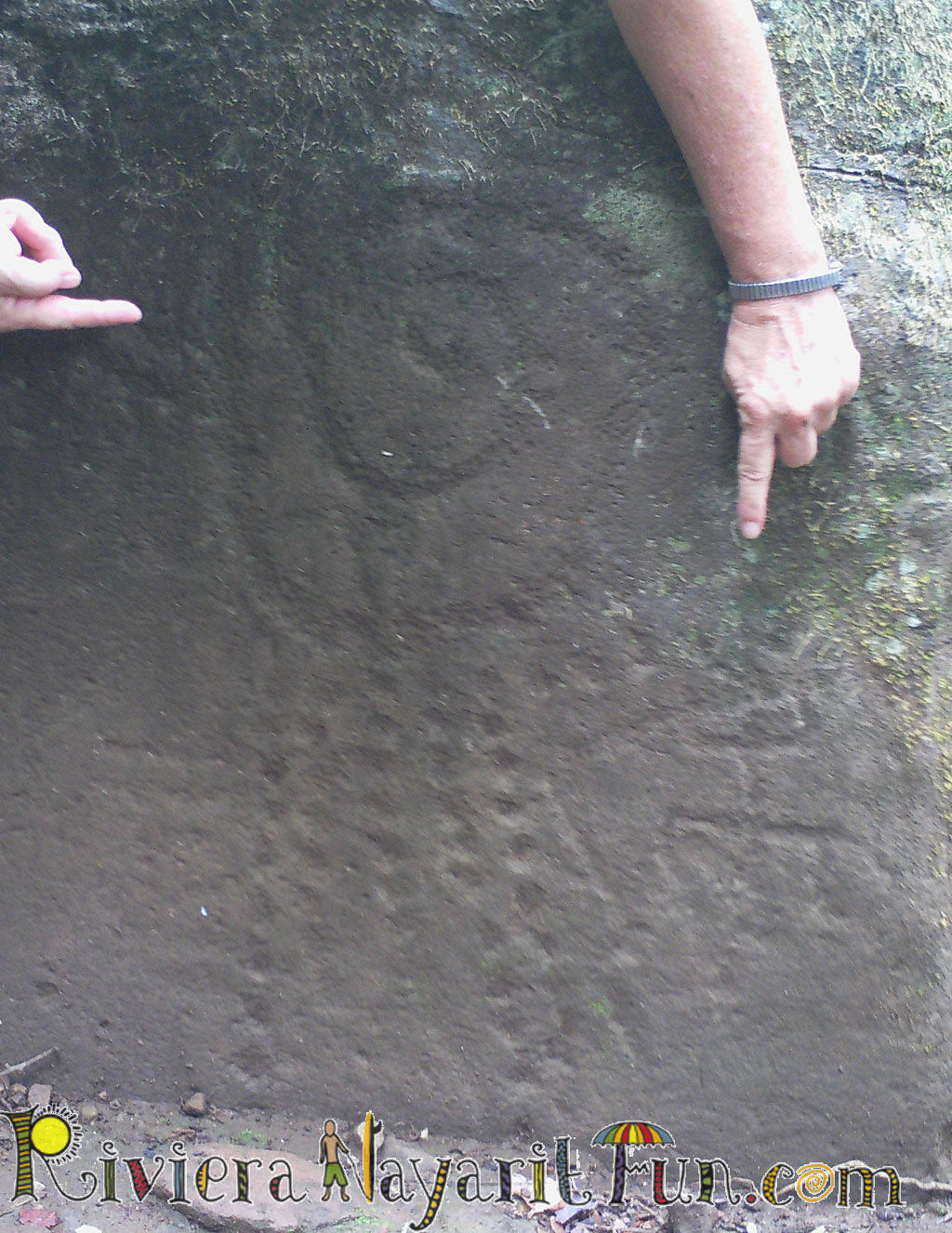


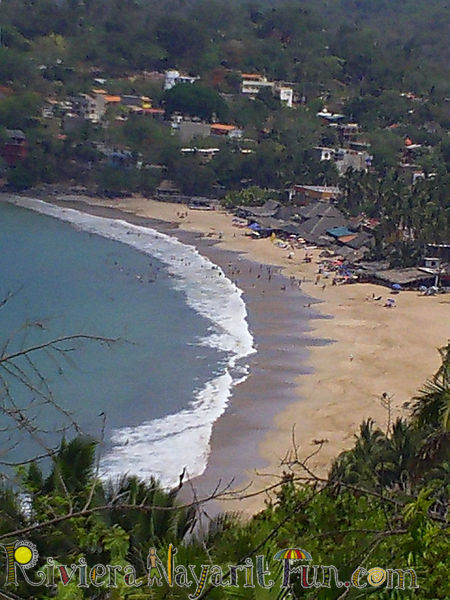

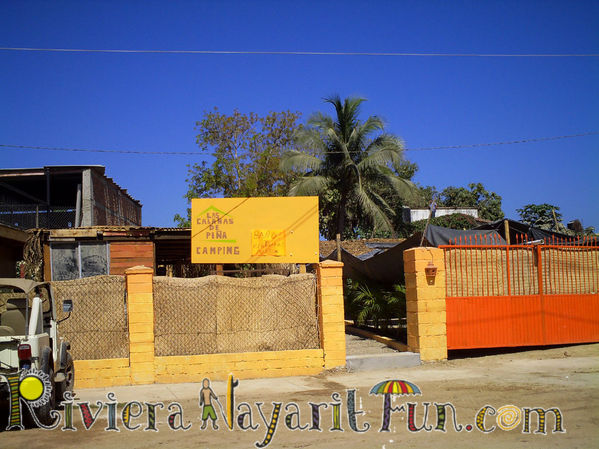



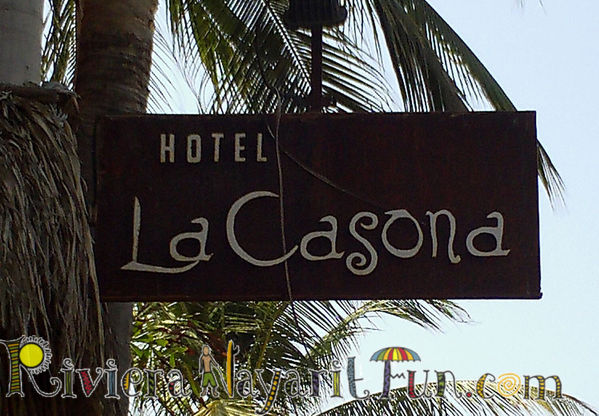


 ou are a surfer, chances are you have heard of
ou are a surfer, chances are you have heard of 







